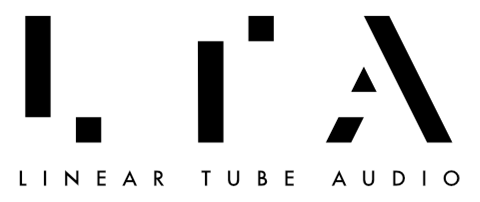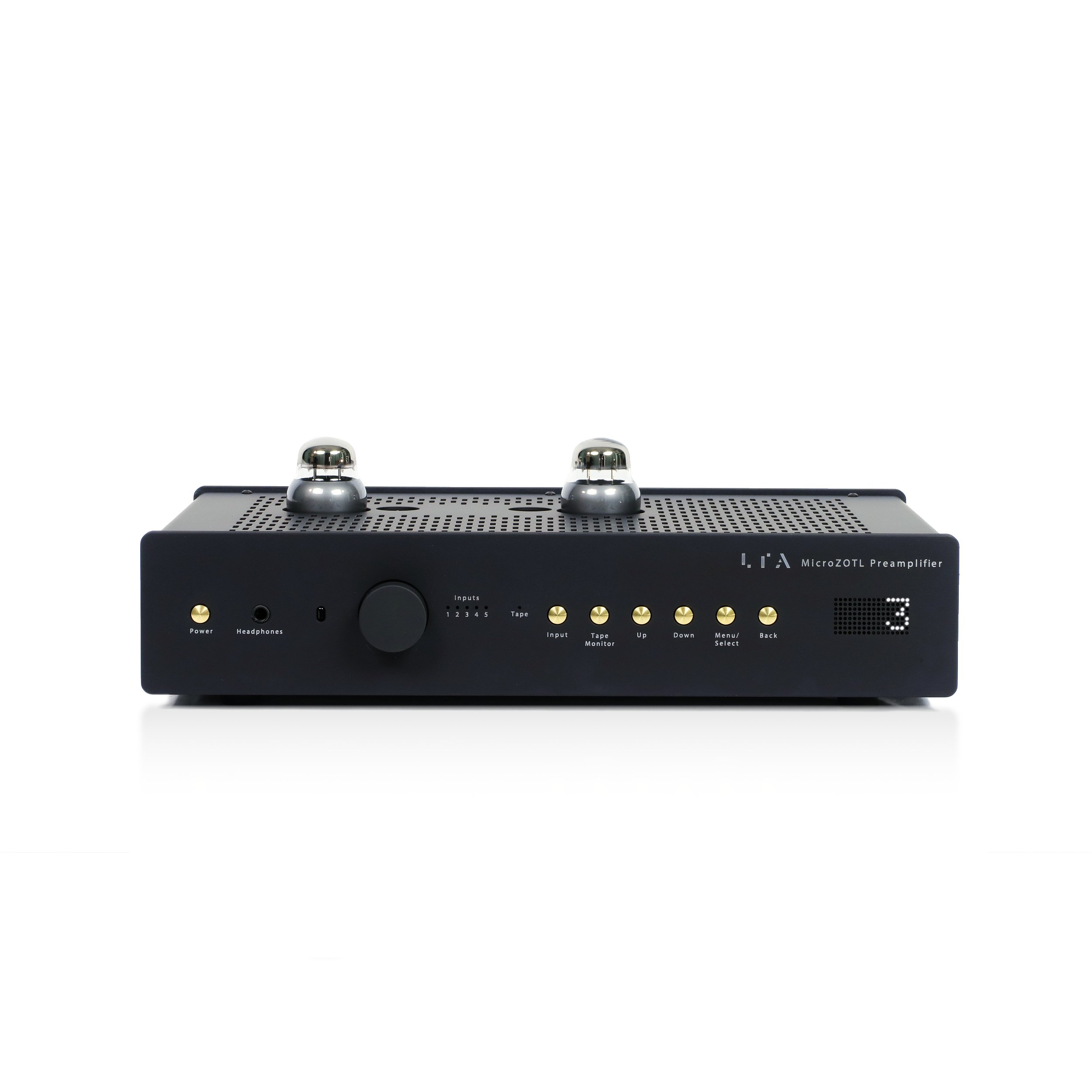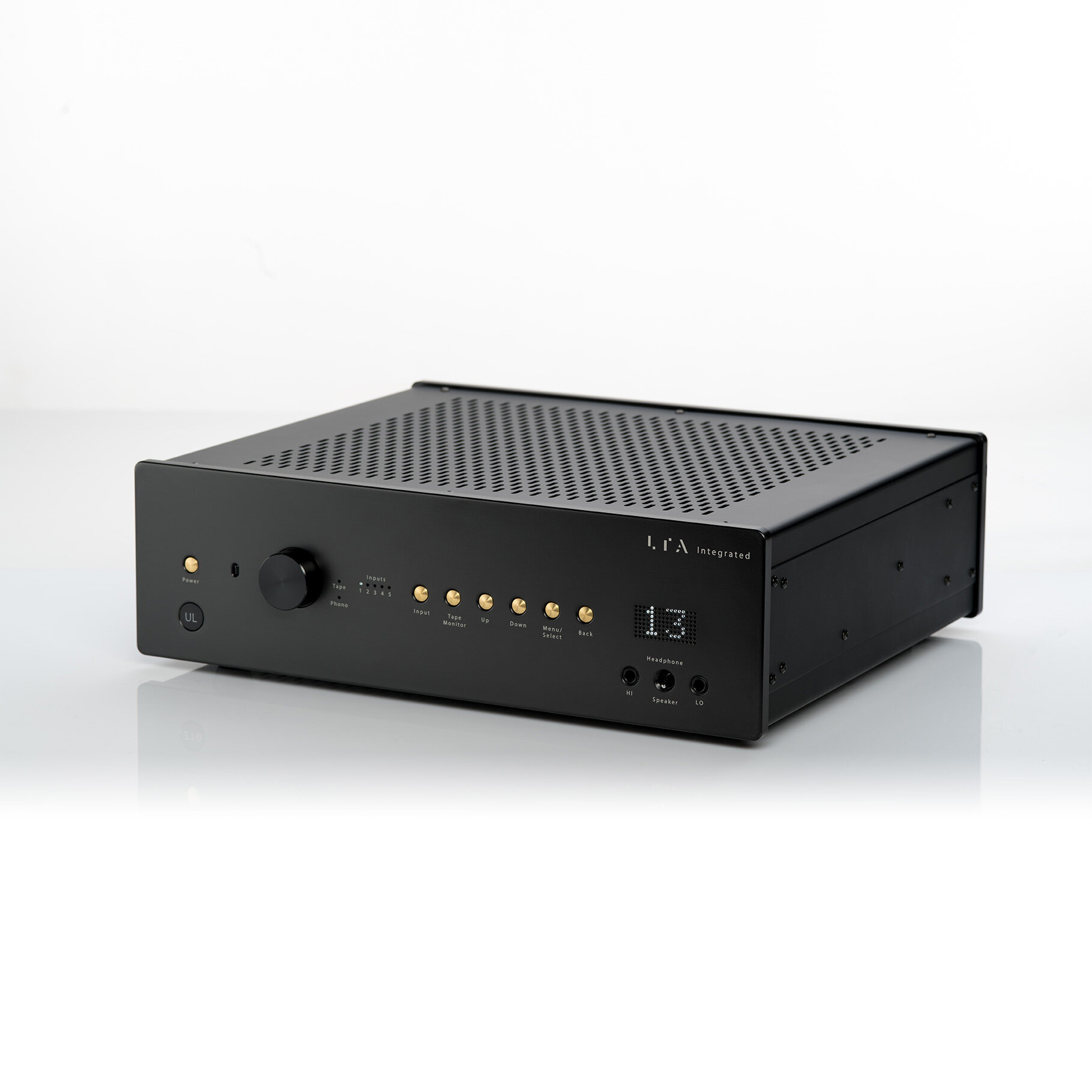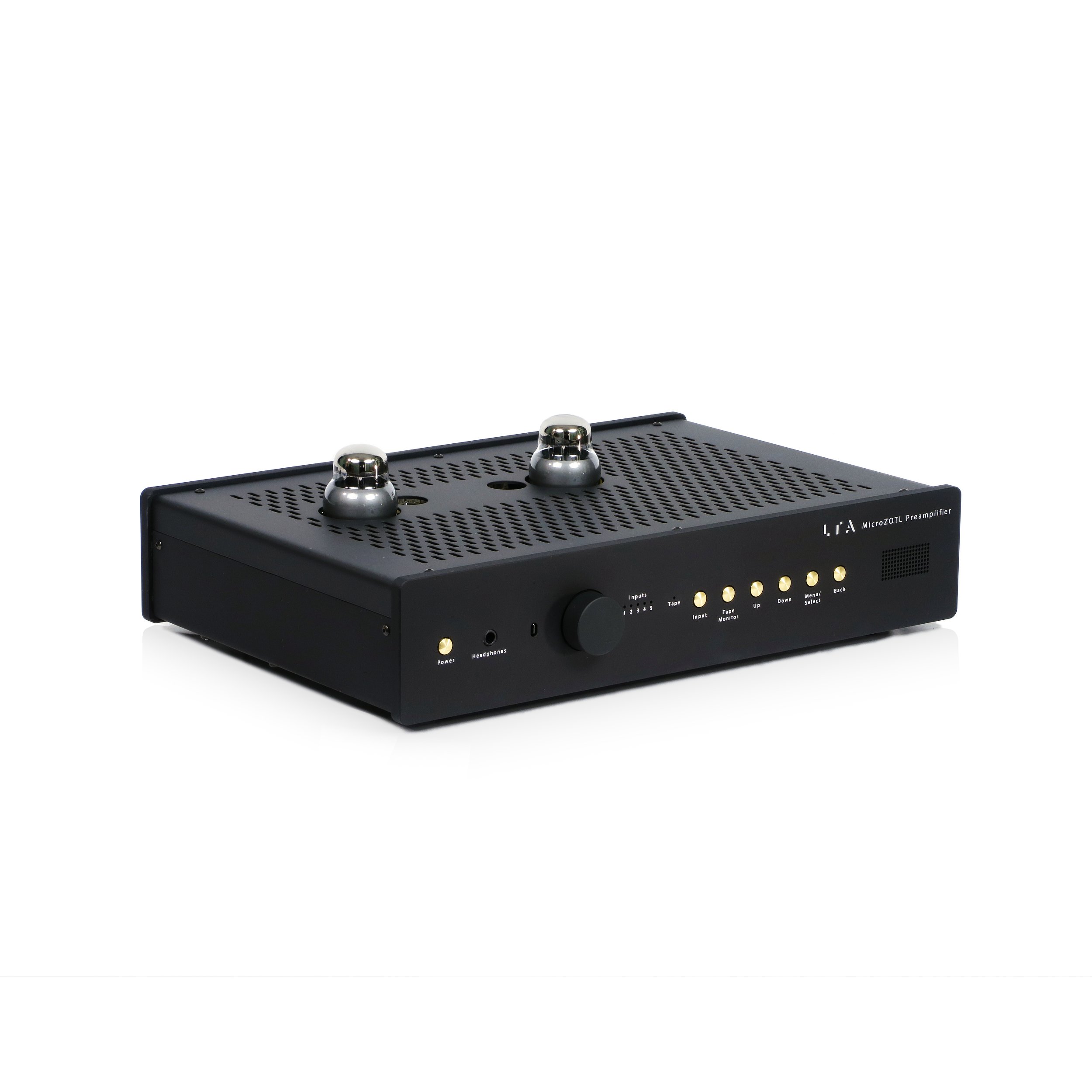ZOTL TECHNOLOGY
ZOTL AMPLIFIERS - HOW DO THEY SOUND?
Featured Products
Many tube amplifiers have a sound described as "warm," "tubey," or "round". This sound can be very nice to listen to. However, it is the output transformers that produce the "warmth" or the tone of the sound, and it is actually a type of distortion, though pleasant. The detail of the music can be lost in the "warmth." There is no doubt that many people love the warmth of what they think is the tube, but is actually the transformer.
The ZOTL amplifiers do not have the thicker, warm tone that many tube amplifiers have. They still have the liquidity and linearity of tubes, but without a transformer's tone.
ZOTL amplification achieves neutral accuracy without coloration. This achievement is supported both by listening and through measurement.
Switching immediately from other tube amplifiers (and solid-state amplifiers designed to be warmer) to a ZOTL amplifier can often feel like something has been lost. What is actually happening is more akin to adjusting the focus of a lens: an increase in clarity accompanies a reduction of haze. While haze can feel like "body" or "weight" that is no longer there, as you adjust to the ZOTL amplifier you realize you are hearing the more accurate weight and body of what you are listening to, and the consistency in performance over varying impedances will allow you to experience this accuracy throughout the frequency spectrum with many different speakers.
ZOTL amplification's neutrality is also transparency. As source components increase in performance, ZOTL amps continue to reflect this, scaling up indefinitely.
DAVID BERNING - THE MIND BEHIND IT ALL
Considered to be one of the world’s foremost amplifier designers, David Berning is among the elite in his field. A formally trained physicist, David’s unique perspective has invaluably colored every solution he’s designed for classic audio problems. After 20 years of designing and manufacturing tube amplifiers, David Berning turned the technology on its ear when he invented ZOTL (Zero hysteresis Output Transformer-Less) architecture in 1996.
So radically different from anything around at the time, ZOTL is considered by some to be the most significant improvement to tube amplifier technology since the 1960s. Even out of production, Berning’s ZOTL amplifiers regularly collect accolades from the world’s top audio reviewers and publications. His ZH-230 amplifier has received Absolute Sound Magazine’s "Editor’s Choice Award" every year since 2011. His Quadrature Z amplifier won HiFi+ magazine’s "Product of the Year" award in 2009. His 211/845 ZOTL amplifier was introduced by Hi Fi One at the 2014 Munich High End Audio Show. Timeless examples of Berning’s audio genius, the ZH-270 and EA-2101 are still highly sought after by audiophiles everywhere.
David Berning plays an integral role in the development of LTA’s offerings. Currently these include LTA's reconfiguration of his original microZOTL personal headphone amp, the ZOTL10, a mid-to-high efficiency power amp, and the ZOTL40, David's latest ZOTL amplifier designed for LTA, which is in essence the successor to his own, much lauded, ZH-230.
ZOTL – RESOLVING THE AUDIO OUTPUT TRANSFORMER ISSUE
Audio amplifier design engineers have long sought to eliminate audio output transformers because of the restrictions they impose on amp performance. Leakage inductance and interwinding capacitance limit the high-frequency response of transformers while core saturation and magnetizing current limit their low-frequency response. Transformer-core hysteresis causes specific distortions of non-symmetric and transient waveforms that are characteristic of musical reproduction. Audio output transformers simply cannot achieve the correct turns ratios as they only max out at 25:1 due to saturation and hysteresis effects. This leaves much to be desired, which creates and issue that needs to be resolved.
Enter the solution: ZOTL.
First, the audio signals “ride” a carrier frequency, on which they are amplified by the tubes (it is not a hybrid amplification design), then the carrier is removed by the Impedance Converters and the remaining audio is delivered to the speaker, similar to how a radio station and receiver work. This changes the impedance plane to match the impedance of the speaker, so the audio output transformer is no longer required to match the tube to the speaker. An Impedance Converter accomplishes this match up. This super linear amplification process allows the amplifier to have a flat frequency response from 8hz to 50Khz, which is nearly impossible with an output transformer.
However, the real advantage is in the transformer turns ratio. Output transformers are limited to a maximum of about 25 to 1 in turns ratio. This turns ratio does the matching between the tube output and the speaker. It turns out that the theoretically correct turns ratio for most tubes is typically 100 to 1 and even as high as 300 to 1. The ZOTL can use the impedance converter to effectively create the ideal turns ratio. The microZOTL has a 300 to 1 ratio and the ZOTL40 has around a 150 to 1 ratio. This results in the detail and accuracy of the sound.
OTHER OUTPUT-TRANSFORMERLESS (OTL) AMPLIFIERS
OTL (Output Transformer-Less) amplifiers manufactured by other companies are a completely different technology than ZOTL amplifiers.
ZOTL technology involves a linear amplification process using a carrier frequency as well as not having a traditional audio output transformer, instead using air-core Impedance Converters.
Noted pioneer of amplifier technology, Julius Futterman, has inspired many different amplifier designs over the years. Based on Futterman’s principles, other OTL amplifier designs incorporate two separate banks of parallel-connected tubes. The two banks are joined in series by connecting the effective cathode of one tube bank to the effective plate of the other tube bank, and driving the loudspeaker in a push-pull fashion directly from this junction point without a transformer. There are alternatives to Futterman’s principles that use low-impedance triodes, but the basic principles are the same - given a sufficient number of parallel-connected tubes in each bank, enough drive current can be obtained to drive the speaker.
The output impedance of other OTL amplifiers is nowhere near the actual speaker impedance. In an OTL amplifier, a large amount of negative feedback is required to force the push and the pull to work together properly in order to provide sufficient damping for the speaker. Even with the lowest impedance triodes available, there is still a basic impedance mismatch between the tubes and the speaker in the OTL circuit.
Traditional OTL technology requires a large number of power tubes which need to be driven hard to obtain the required output. This results in drastically reduced reliability and tube life and generating lots of heat. Fans or additional room air-conditioning may be required. Power consumption is typically very high for OTL amplifiers, often exceeding one kilowatt for a stereo pair.
THE ZOTL ADVANTAGE:
Drastically improved tube life due to lower current operation
No output transformer intermodulation distortion
No low frequency non-linearity
Distortion by parasitic transformer elements of the audio signal no longer occurs
Improved bass due to flat, linear bass response to below 10hz
Removal of low frequency limit for bass response
Correct transformer turns ratio
Low output impedance for easier speaker matching
Having no load cannot damage amplifier





